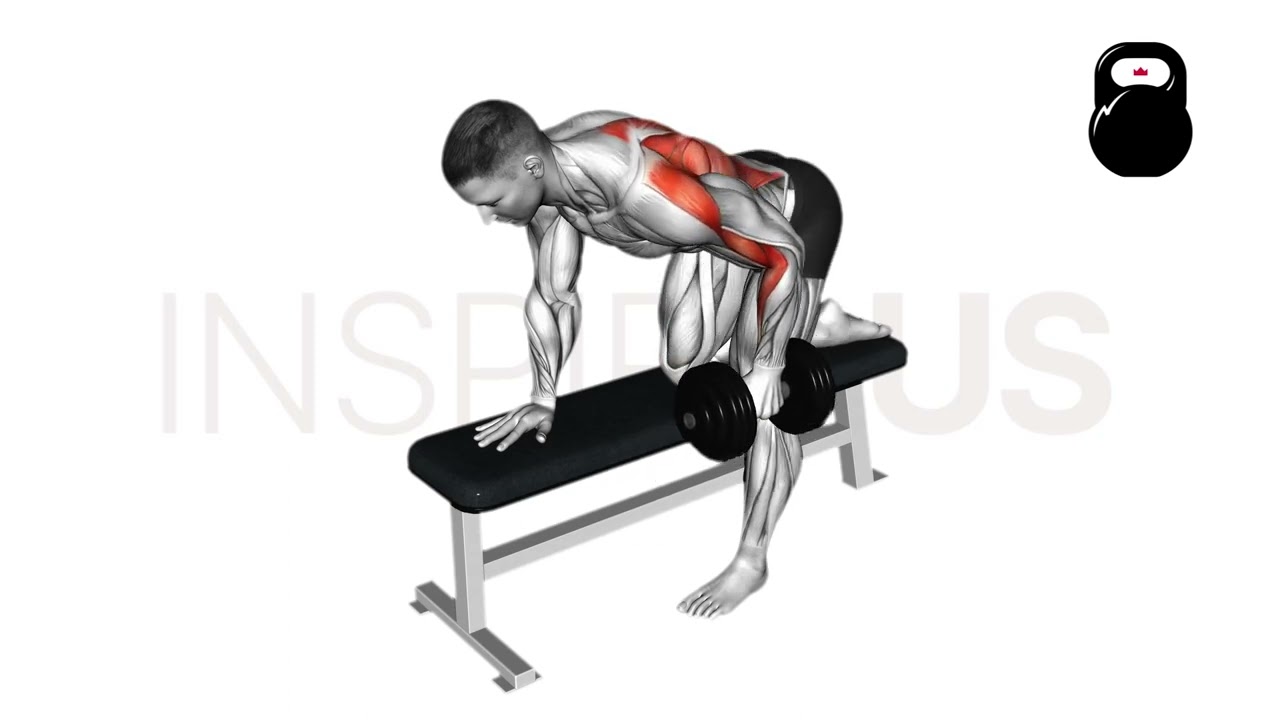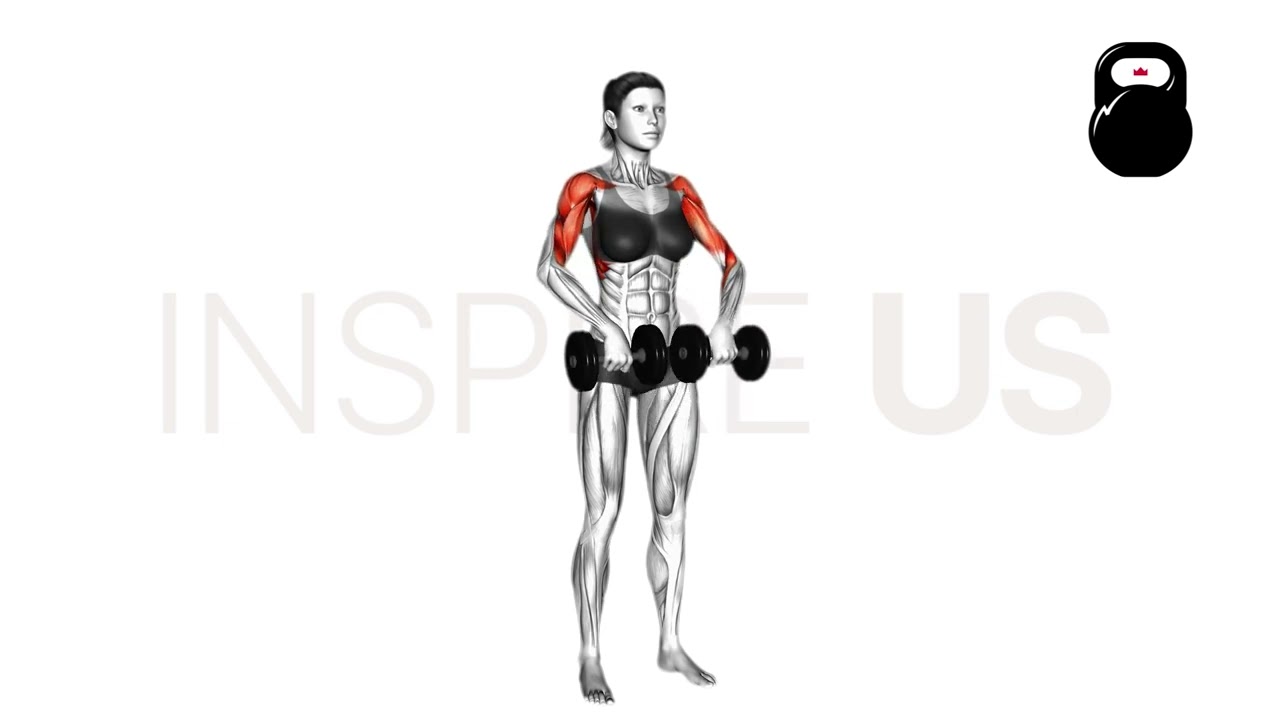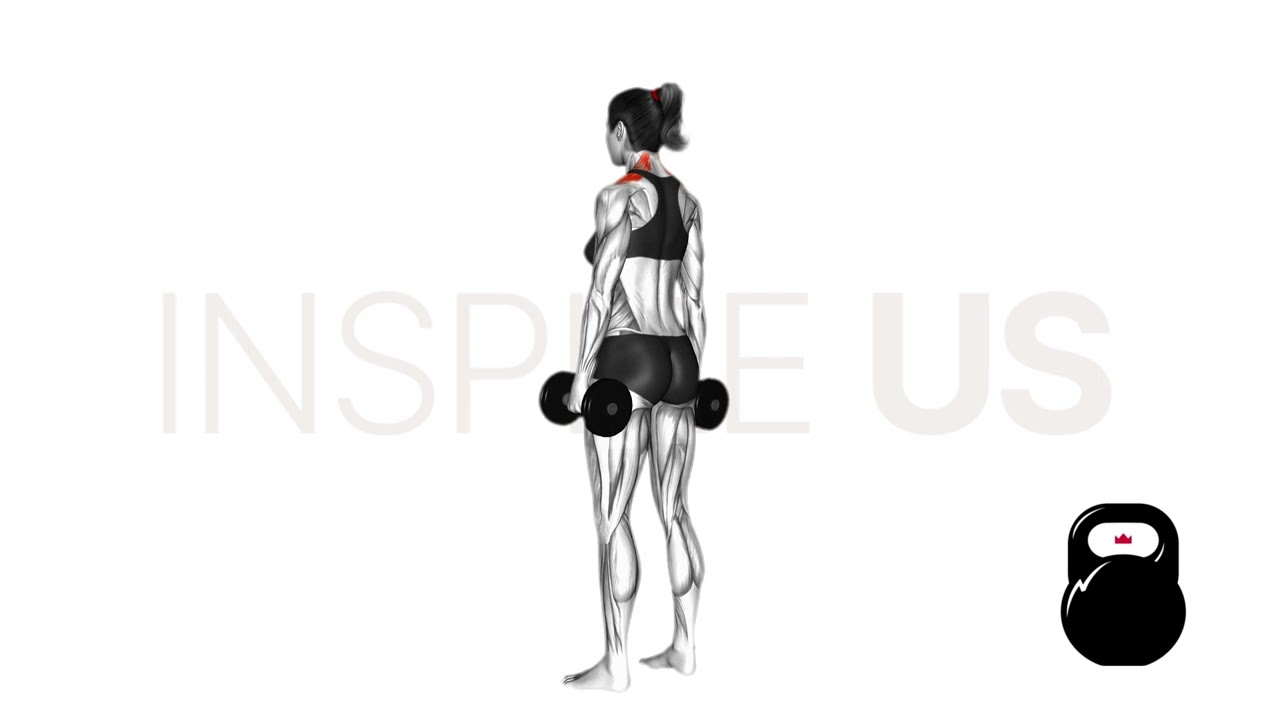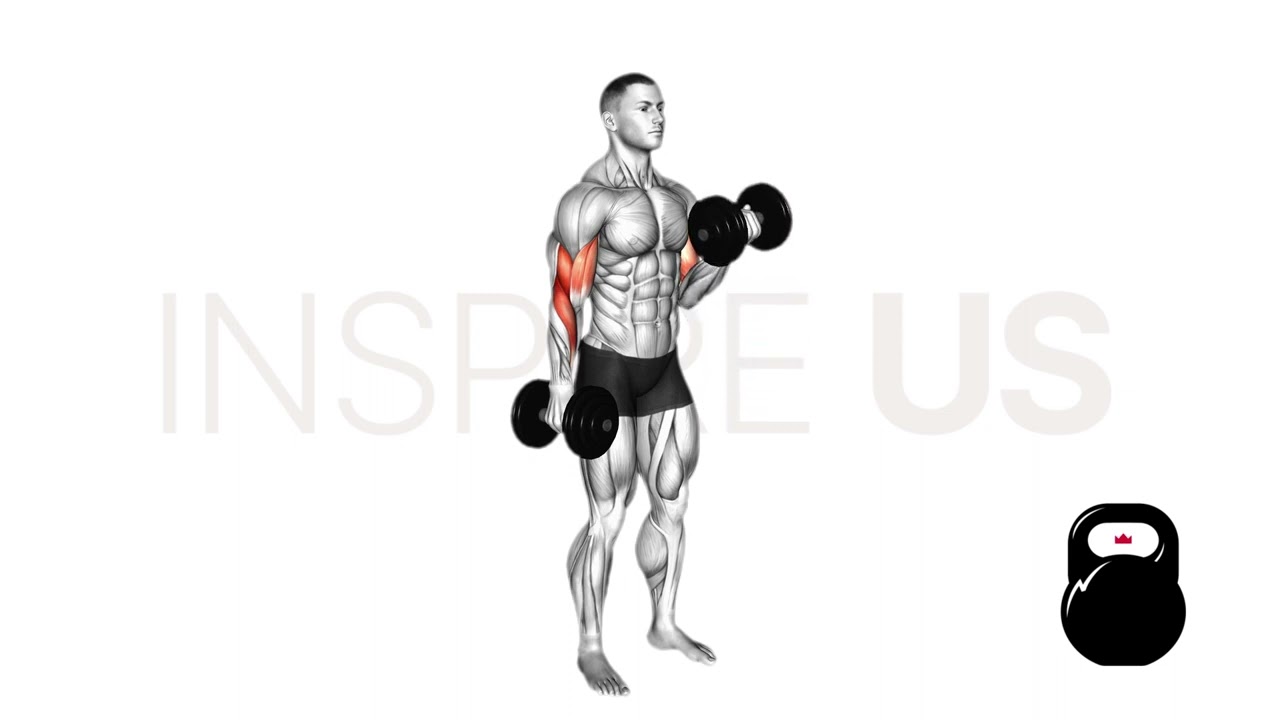Pull Workout With Dumbbells: 5 Best Exercises to Use
Sample Dumbbell-Only Pull Workout
Pre-Session Warm-Up and Mobility Work
Bent-Over Rows - 3-5 Sets of 8-12 Repetitions at a Heavy Load
Upright Rows - 2-3 Sets of 8-12 Repetitions at a Moderate Load
Shrugs - 4-5 Sets of 12-16 Repetitions at a Moderate Load
Bicep Curls - 2-4 Sets of 10-12 Repetitions at a Light Load
Miscellaneous Accessory Work (Posterior Deltoid/Erector Spinae/Forearm Flexor Isolation Work)
Bent-Over Dumbbell Rows
The first and most vital exercise of any dumbbell-only pull workout is a horizontal row - specifically one similar to the bent-over dumbbell row.
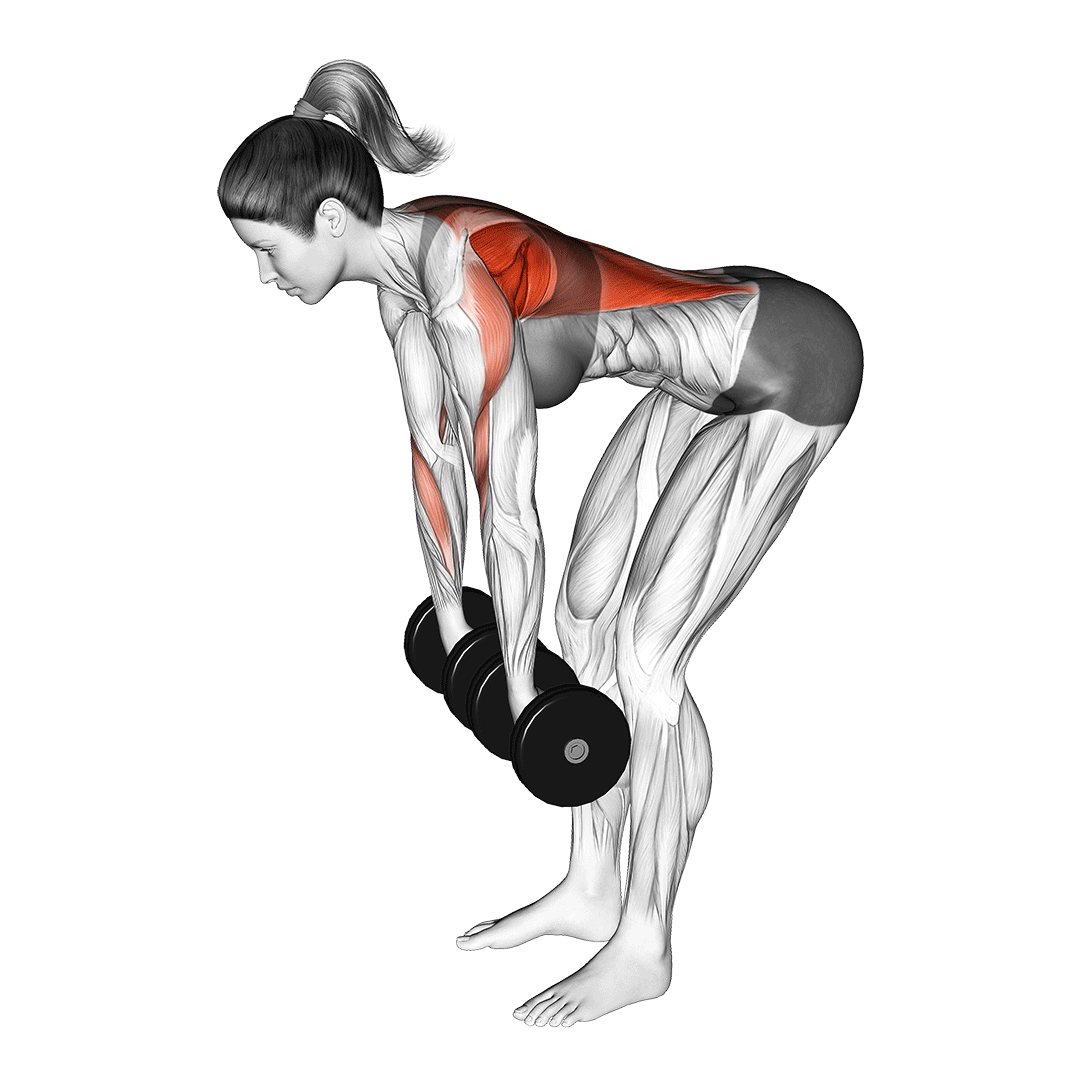
Bent-over dumbbell rows are a compound back movement meant to act as the primary exercise within the workout, as they will target the largest muscles of the middle and upper back in a sufficiently intense fashion.
Muscles Worked
Bent-over dumbbell rows target the latissimus dorsi, trapezius, rhomboids, the rotator cuff muscle group, the posterior deltoids and the elbow flexors.
Role in a Dumbbell Pull Workout
The bent-over row will act as the primary compound movement of the workout.
How-to:
- The lifter bends over a bench with one arm stabilizing the torso as it is nearly horizontal in orientation. The dumbbell is gripped in the opposite hand, arm hanging beneath the trunk and scapula protracted.
- Simultaneously pulling the elbow behind the body and retracting the scapula, the lifter rows the dumbbell up to the side of their ribcage.
- Concentric phase finished, the lifter slowly lowers the dumbbell by allowing the arm to extend beneath the trunk once more. This completes the repetition.
Dumbbell Upright Rows
The dumbbell upright row is a compound vertical pulling movement meant to target the muscles of the upper back - providing a perfect complement to the more middle back focused bent-over row.
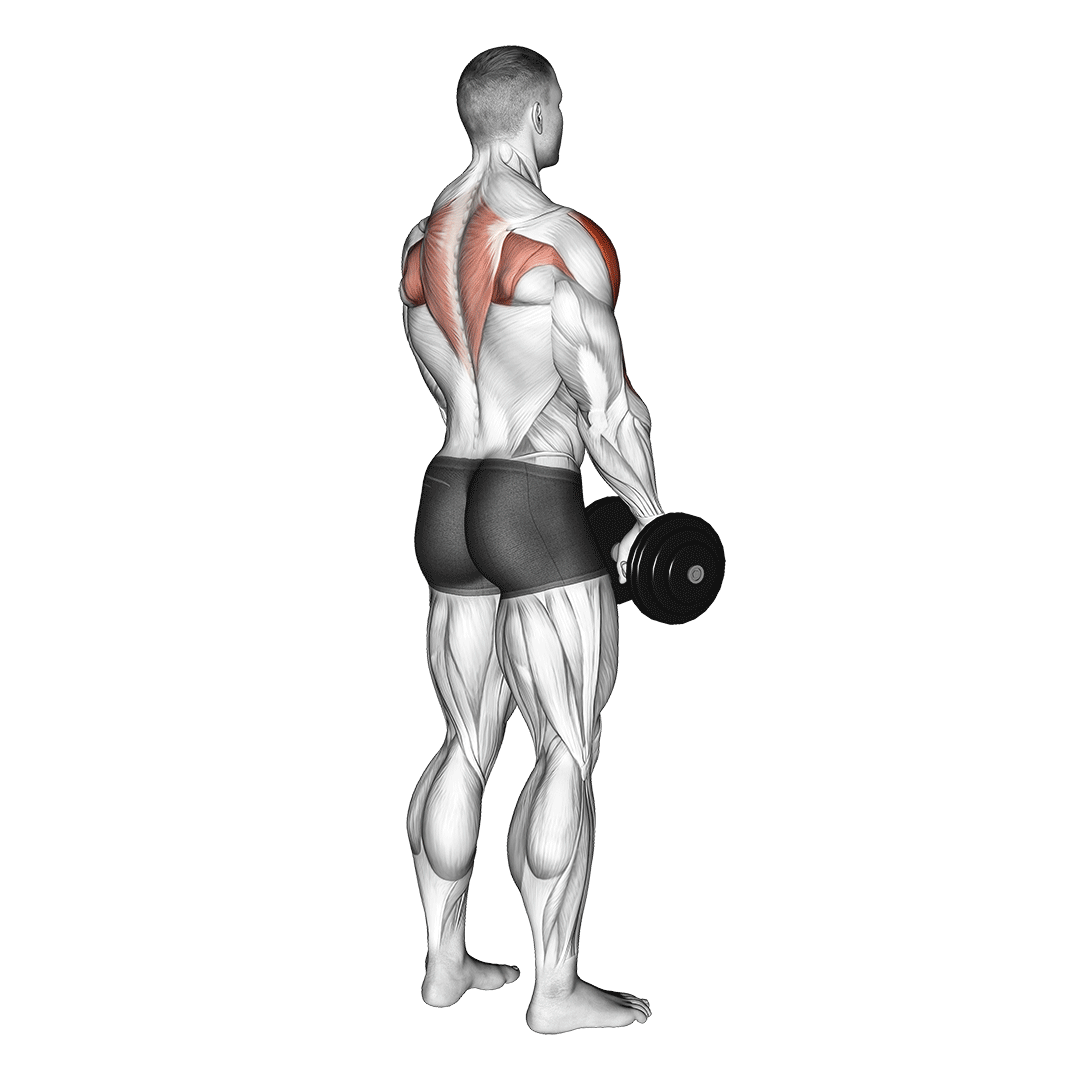
Like the latter exercise, upright rows are programmed early in the workout due to their higher fatigue-to-stimulus ratio and somewhat greater risk of injury if performed with prematurely fatigued muscles.
Muscles Worked
Dumbbell upright rows will target the upper trapezius, biceps brachii, the deltoid muscle group, the serratus anterior and the supraspinatus of the rotator cuff muscle group.
Role in a Dumbbell Pull Workout
Dumbbell upright rows will take the role of a secondary compound movement due to their higher intensity yet comparatively more limited scope than other compound back exercises.
How-to:
- To perform a dumbbell upright row, the lifter begins by gripping a pair of dumbbells overhand at the front of their hips, trunk upright and legs straight.
- Squaring the shoulders, the lifter then draws both elbows upwards and outwards - pulling the dumbbells up to chest height as the elbows point out to the sides.
- Once the upper arms are just shy of being horizontally parallel to the shoulders, the lifter reverses the movement and lowers the dumbbells back downwards so as to complete the repetition.
Dumbbell Shrugs
Dumbbell shrugs are an isolation exercise primarily meant to work the trapezius muscles in as isolated a manner as possible.
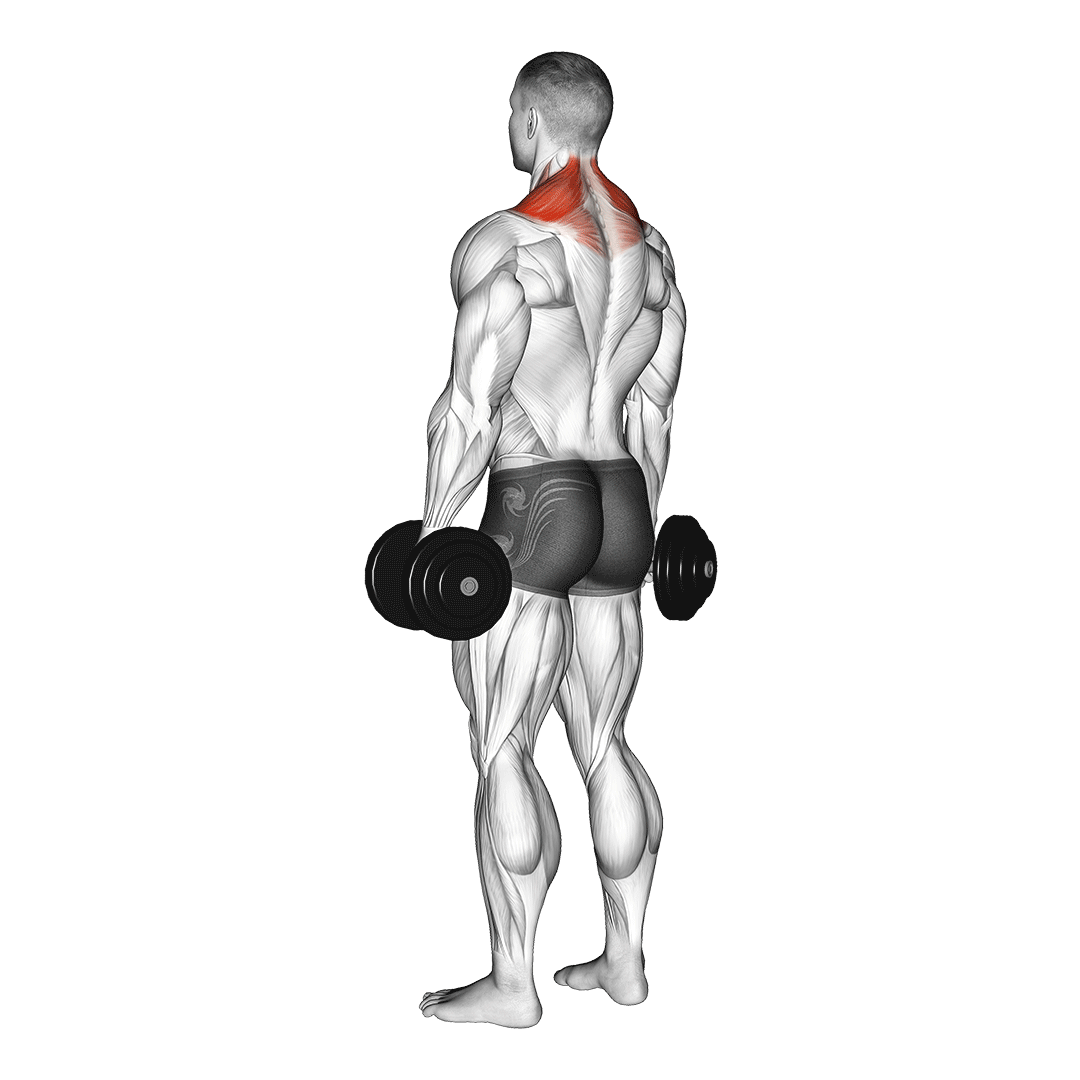
They are considerably easy to perform and quite safe - allowing lifters with heavier dumbbells to truly challenge their upper back muscles after the main compound movements are completed.
Muscles Worked
Dumbbell shrugs will target the upper trapezius muscles.
Role in a Dumbbell Pull Workout
Dumbbell shrugs are best performed as an accessory movement, as they are quite isolated in scope and allow for significant targeted training volume.
How-to:
- The lifter grips both dumbbells at their sides, grip neutral with the shoulders rotated somewhat backwards for greater trapezius contraction.
- From this position, the lifter then quite literally shrugs their shoulders upwards - elevating the scapula and flexing their deltoids outwards simultaneously.
- Once reaching the limits of their range of motion, the lifter completes the repetition by slowly lowering their shoulders back downwards as they release tension in their scapula.
Dumbbell Bicep Curls
The dumbbell bicep curl is a quintessential biceps isolation exercise frequently added into pull workouts for packing on mass in a highly focused and untiring manner.
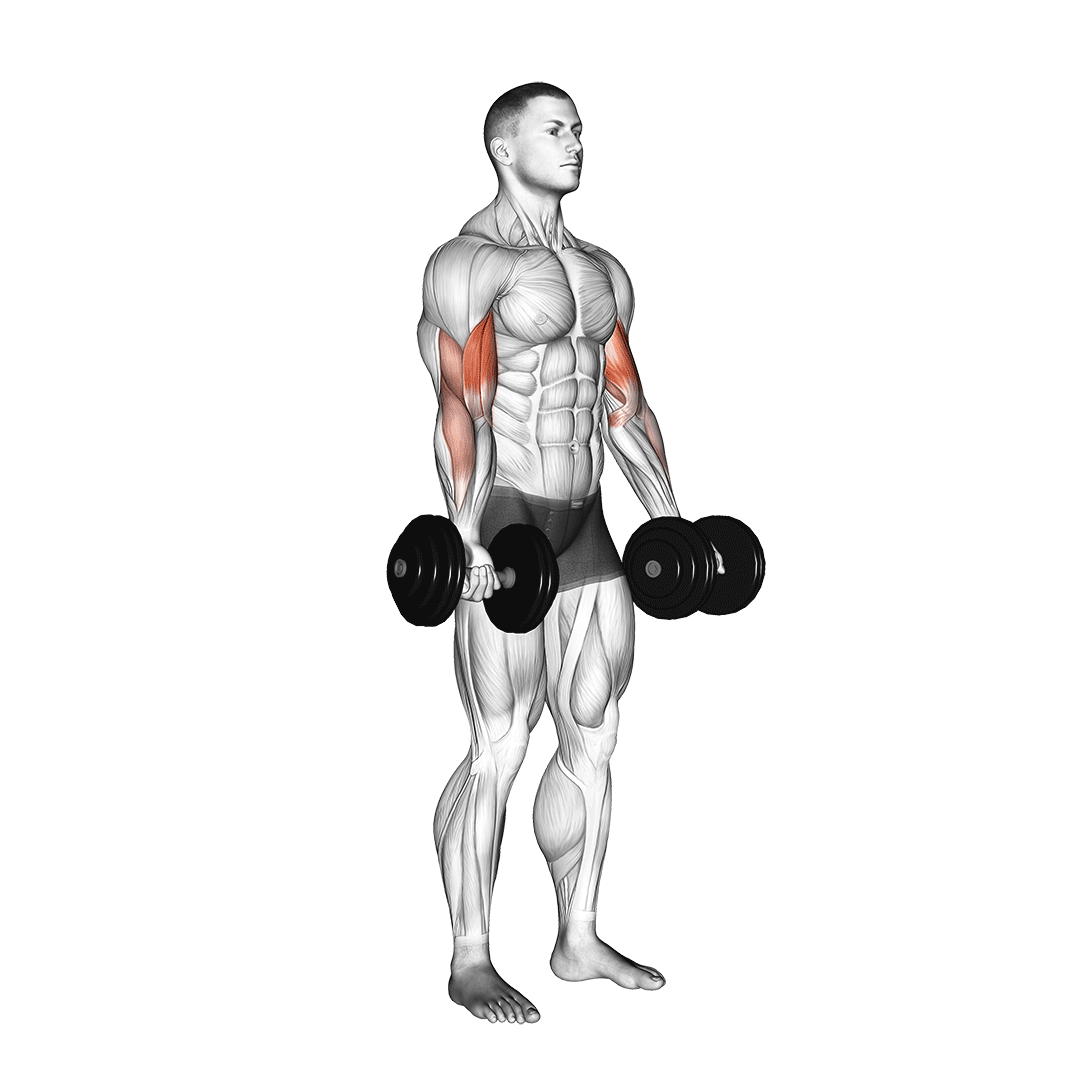
With such a narrow scope and simplistic execution, bicep curls are the perfect finishing accessory movement for any pull day workout.
Muscles Worked
Bicep curls solely target the biceps brachii.
Role in a Dumbbell Pull Workout
Bicep curls are meant to be performed as a hypertrophy-focused accessory movement for low amounts of weight and higher repetition ranges.
How-to:
- To perform a dumbbell bicep curl, the lifter begins by gripping a pair of dumbbells underhand at the front of their body. Throughout the set, the elbows must remain stationary against the sides of the ribs.
- Squeezing their biceps, the lifter draws the dumbbells up to their shoulders, keeping the wrists straight and the elbows in place.
- Once the dumbbells can be raised no further, the lifter then reverses the motion in a slow and controlled manner - thereby completing the repetition.
How to Pick the Right Exercises for a Dumbbell Pull Workout
Though many traditional pull day exercises are done with a barbell or an exercise machine, dumbbells alone are more than enough to achieve the same stimulus.
So long as the exercise includes the back or biceps among its primary mobilizers, it can fit into a pull day session.
Program the exercise according to its intensity and complexity - the more difficult or technical, the sooner in your training session it should be. Likewise, if the exercise is quite easy and targets only a few muscles, then it may be performed later in the workout.
Remember to account for total volume for each muscle group, aiming for somewhere around 7-10 sets over the course of the entire workout.
References
1. Burgess D. Training programming and prescription. In: Brukner P, Clarsen B, Cook J, Cool A, Crossley K, Hutchinson M, McCrory P, Bahr R, Khan K, editors. Brukner & Khan’s Clinical Sports Medicine: Injuries. 5th ed. Australia: McGraw-Hill Education; 2017. p. 139–40.

